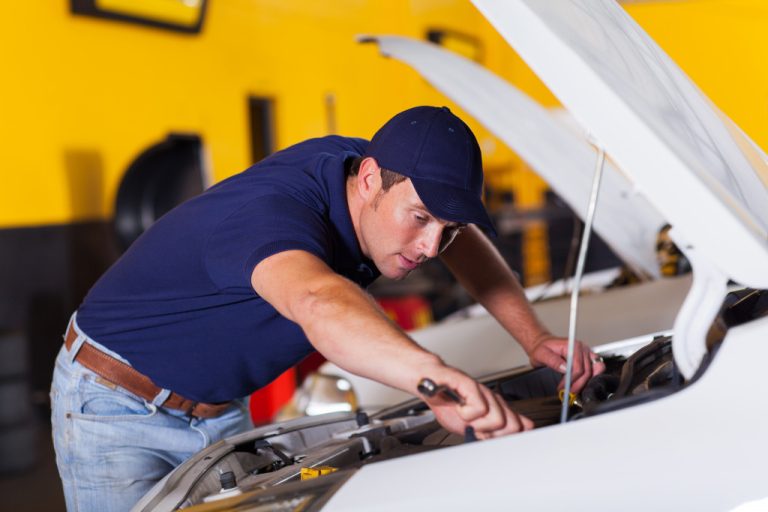Regardless of the epidemic, the broader trends in the transportation sector will continue. After the lockdowns are lifted, the demand for more ecologically friendly, robust, and pleasant modes of transportation will continue and reassert itself.
The Coronavirus, on the other hand, has thrown a wrench in the works. People’s fear of big crowds will temporarily increase the significance of personal modes of mobility such as automobiles and bicycles. However, public transportation, sharing platforms, and even robotic vehicle operators are likely to prevail in the long term. The transportation sector will continue to evolve in the following years.
Impact of Remote Work
Working from home is becoming more common due to demographic shifts and the availability of dependable high-speed internet connections. Simultaneously, education is shifting to online platforms; university courses and elementary school classes are being taught through the internet. The current COVID-19 epidemic has accelerated this process.
In the future, remote employment and distant education will significantly impact the transportation sector. Car sales, for example, may fall, and traffic may become less congested as a result of fewer commuters. In addition, public transit systems may see a demand reduction.

Travel at New Speeds
To offer unparalleled travel speeds, a variety of bullet trains and transport capsules are presently being developed. Hyperloop, for example, is quickly gaining momentum with possible route proposals all around the globe.
Faster transportation alternatives will change the way people commute between cities, affecting real estate markets and house values along the way. Large economic zones comprised of cities linked by fast transit technologies may develop.
Using the capability of its ultra-high-speed system, the hyperloop will be able to transport high-priority and time-sensitive commodities such as medical supplies and food, which are essential during emergencies and catastrophes.
Mobility as a Service Evolves
To offer unparalleled travel speeds, a variety of bullet trains and transport capsules are presently being developed. Hyperloop, for example, is quickly gaining momentum with possible route proposals all around the globe.
Faster transportation alternatives will change the way people commute between cities, affecting real estate markets and house values along the way. Mobility as a Service (MaaS) is the idea of a personalized and on-demand mobility service. While the epidemic has had a detrimental effect on services that are still in their infancy, it will have a better long-term outlook as it responds to the requirements of alternate multimodal transportation networks.
MaaS Global is a Finnish business that provides applications that integrate public and private transportation, paving the path for efficient MaaS services. Their MaaS software business models vary from Uber in that they do not own transportation infrastructures but instead collect data and service agreements with current operators. Since a result, cities, and nation-states are far more inclined to approve their entrance into local markets, as they may improve the efficiency of existing companies.
In the future, MaaS applications may provide real-time information on, for example, congestion levels and even the frequency of cleaning of public transportation, allowing users to anticipate trip times and dangers better.
Using the capability of its ultra-high-speed system, the hyperloop will be able to transport high-priority and time-sensitive commodities such as medical supplies and food, which are essential during emergencies and catastrophes.
Pathways Light Up
Bicycle lanes that utilize sunlight to shine in the dark are already a reality. They may, however, become considerably more frequent in the future.
The brightness of the road’s surface is achieved via a synthetic material that contains a substance capable of absorbing solar energy during the day and transforming it into a glow at night. Luminous paths improve visibility without the need for additional lighting or power sources. This may enhance traffic safety, as well as the aesthetic beauty of streets and whole cities.
Cycling may grow substantially as a result of the pandemic-caused aversion to crowded public transportation. As the need for large cycling networks, such as bicycle highways, grows, new technologies such as lighted paths may be integrated with cold-applied bitumen roads and spaces and infrastructure in various locations.
The transportation industry is constantly changing. It is critical to keep track of the changes to avoid falling behind. Exploring trends and monitoring change causes is crucial in understanding these and other future developments. A decent foresight tool will assist you in doing this with ease.






